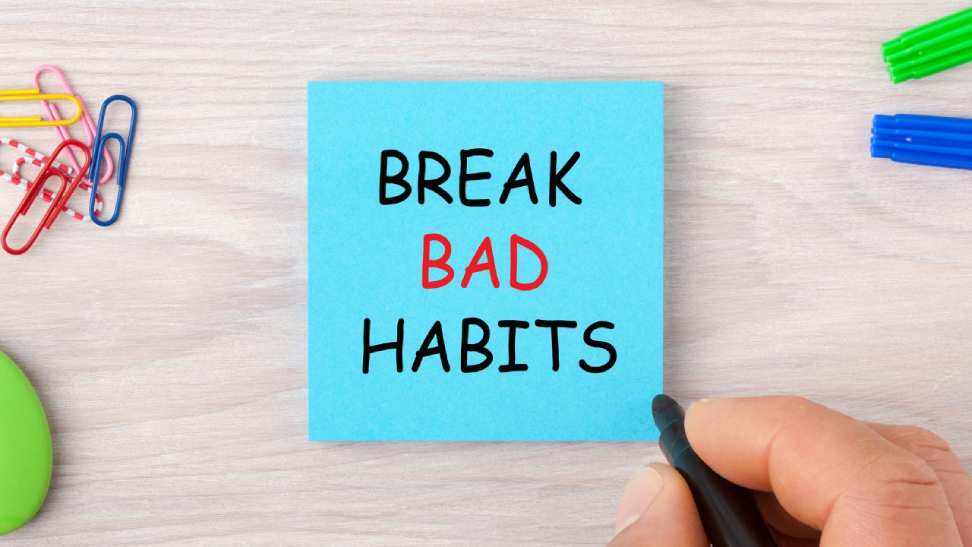Lotus365 Book, Lotus365, Lotus365: Addiction is a complex and often debilitating condition that can have a profound impact on a person’s life. The cycle of addiction typically begins with an initial exposure to a substance or behavior that triggers feelings of pleasure or relief. This initial experience can lead to continued use as the individual seeks to replicate those positive feelings. Over time, the individual may develop a tolerance to the substance or behavior, requiring larger doses or more frequent engagement to achieve the same effects.
As the addiction progresses, the individual may find themselves experiencing negative consequences such as strained relationships, legal issues, or declining physical health. Despite these adverse effects, the individual may struggle to stop using due to the powerful cravings and withdrawal symptoms that can occur when attempting to quit. This cycle of escalating use, negative consequences, and failed attempts to quit can create a sense of hopelessness and despair for those grappling with addiction.
Identifying Triggers and Patterns
Triggers refer to the stimuli that prompt individuals to engage in addictive behaviors. They can be environmental factors, emotions, or even specific situations that lead to substance abuse or compulsive actions. Identifying these triggers is crucial in addressing and managing addiction effectively.
Patterns, on the other hand, are recurring sequences of behavior or events that often accompany addictive actions. These can include specific routines, times of the day, or even social interactions that contribute to the cycle of addiction. Recognizing these patterns can provide insight into the underlying causes of addiction and help individuals develop strategies to break free from destructive habits.
- � Triggers are stimuli that prompt addictive behaviors
- � Environmental factors, emotions, and specific situations can act as triggers
- � Identifying triggers is crucial in managing addiction effectively
- � Patterns are recurring sequences of behavior or events accompanying addictive actions
- � Specific routines, times of the day, or social interactions can be patterns
- � Recognizing patterns provides insight into underlying causes of addiction
What is the cycle of addiction?
The cycle of addiction is a pattern that often includes triggers, cravings, substance use, and temporary relief, followed by guilt, shame, and the desire to use again.
How can I identify triggers and patterns in my addiction?
Lotus365 Id, 99exch, 99exch.com Login: Pay attention to situations, emotions, people, or places that lead to cravings or the desire to use substances. Keeping a journal can help identify patterns and triggers.
Why is it important to identify triggers and patterns in addiction?
By identifying triggers and patterns, individuals can develop coping strategies to avoid or manage these situations, ultimately decreasing the risk of relapse.
What are some common triggers for addiction?
Common triggers for addiction include stress, negative emotions, social situations, peer pressure, certain times of day, and specific places.
How can I break the cycle of addiction?
Breaking the cycle of addiction involves identifying triggers, developing coping strategies, seeking support from others, and making lifestyle changes to support recovery.
Must Read :

